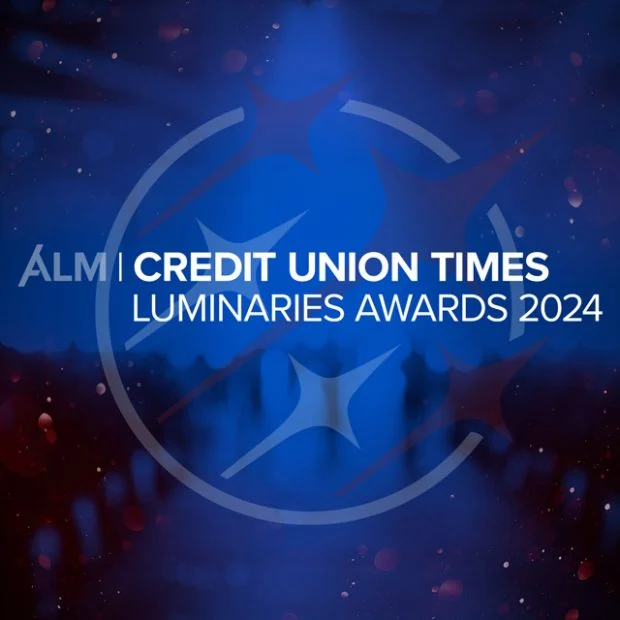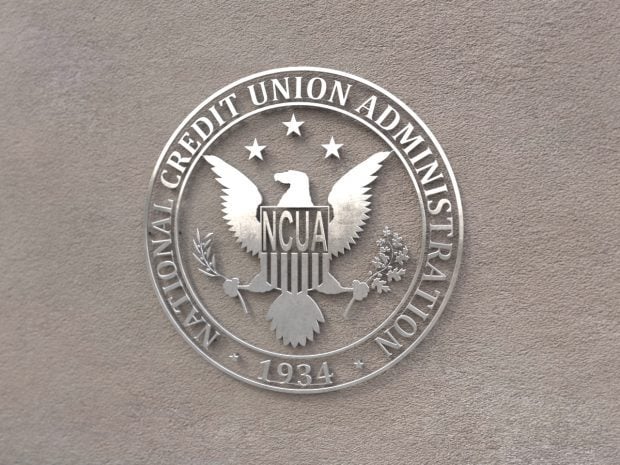After struggling to attract followers, some credit unions have given up on Twitter and are shutting down their accounts.
According a study by The Financial Brand, an online publication focused on bank and credit union branding, of the 350 activated credit union accounts studied, 74 or 21.1% abandoned their accounts. This, despite being active on Twitter for 2.2 years
Accounts were considered activated if the credit union's profile had been customized with an avatar/logo, at least one tweet had been sent through the account, and the account had at least one follower, according to The Financial Brand. For the study, any account that had not tweeted in the last three months was considered dormant or abandoned.
Recommended For You
"Social media is a good way to build brand, but how good is it if you're only reaching 200 or 300 followers?" asked Jeffry Pilcher, publisher of The Financial Brand.
The typical Twitter quitter has an average of $300 million in assets and 30,000 members, according to the study. Their accounts were created in late 2009, and they gave up after sending nearly 100 tweets. The credit unions had about 250 followers and followed 110.
The Financial Brand study said smaller credit unions–those with less than $200 million in assets–tended to quit Twitter more frequently than those with more than $1 billion in assets.
The study found that early adoption of Twitter didn't appear to have a significant impact on account activity. Of the 22 credit unions that joined in 2007 and 2008, the average follower tally was 777, or one follower for about every 70. Of those credit unions that had more than 1,000 followers, 75% joined the social media channel in 2009 or later.
According to The Financial Brand, the typical credit union on Twitter has 300 followers and adds approximately one new follower every two days. They follow 150 accounts, have been on Twitter since December 2009 and have sent 350 tweets since then.
The study found that the majority of tweets tend to be links back to a press release or a credit union Web page. The data showed that very few replies are ever sent by a credit union to other Twitter users.
"With a total of 203 of the 350 credit unions (58%) initiating their Twitter initiative in 2009 or before, it's hard to say Twitter hasn't been given a fair run," Financial Brand said. "The typical credit union has been on Twitter 2.2 years, which is more than enough time to evaluate its viability. Wouldn't you think that if consumers had any interest in connecting with financial institutions on Twitter, they'd have done it by now?"
The top 20 credit unions, as ranked by Twitter followers, in the study account for 48,693 followers with an average of 2,435. Twelve in that ranking come from credit unions with assets of more than $1.8 billion. The top 20 have been on Twitter an average of two years and eight months, add about three new followers every day, and only follow about 1 in 17 accounts back.
Some of those that have been on Twitter the longest–since 2007–are still active more than four years later. Others have moved on or back to other channels such as Facebook.
Pilcher emphasized that it's not due to a lack of effort as to why some credit unions are not seeing meaningful results from Twitter. Rather, one of the key questions seems to be, is building a financial brand a priority? If that's the goal, credit unions should consider what tools they need to make it happen–it may or may not be through social media.
"There is low-hanging fruit that have not been fully explored yet, such as onboarding program and matrix mail," he suggested. "There are some other online things that financial institutions can do that are a lot more productive such as online chats or starting your own online member forum."
Pilcher said while it's harder to track down accurate numbers for banks' assets and customers, he wouldn't be surprised if Twitter activity is similar to what credit unions are experiencing.
"Suffice it to say that banks aren't doing any better on Twitter; they're doing worse," he said.
© 2025 ALM Global, LLC, All Rights Reserved. Request academic re-use from www.copyright.com. All other uses, submit a request to [email protected]. For more information visit Asset & Logo Licensing.







